Southern Ashkenazi frontier
The Ashkenazi history of southern Europe – from amazing Art Nouveau architecture through the rich history of local communities, experience the Jewish life as it once was. Glorious past and an enticing future, it’s all here!
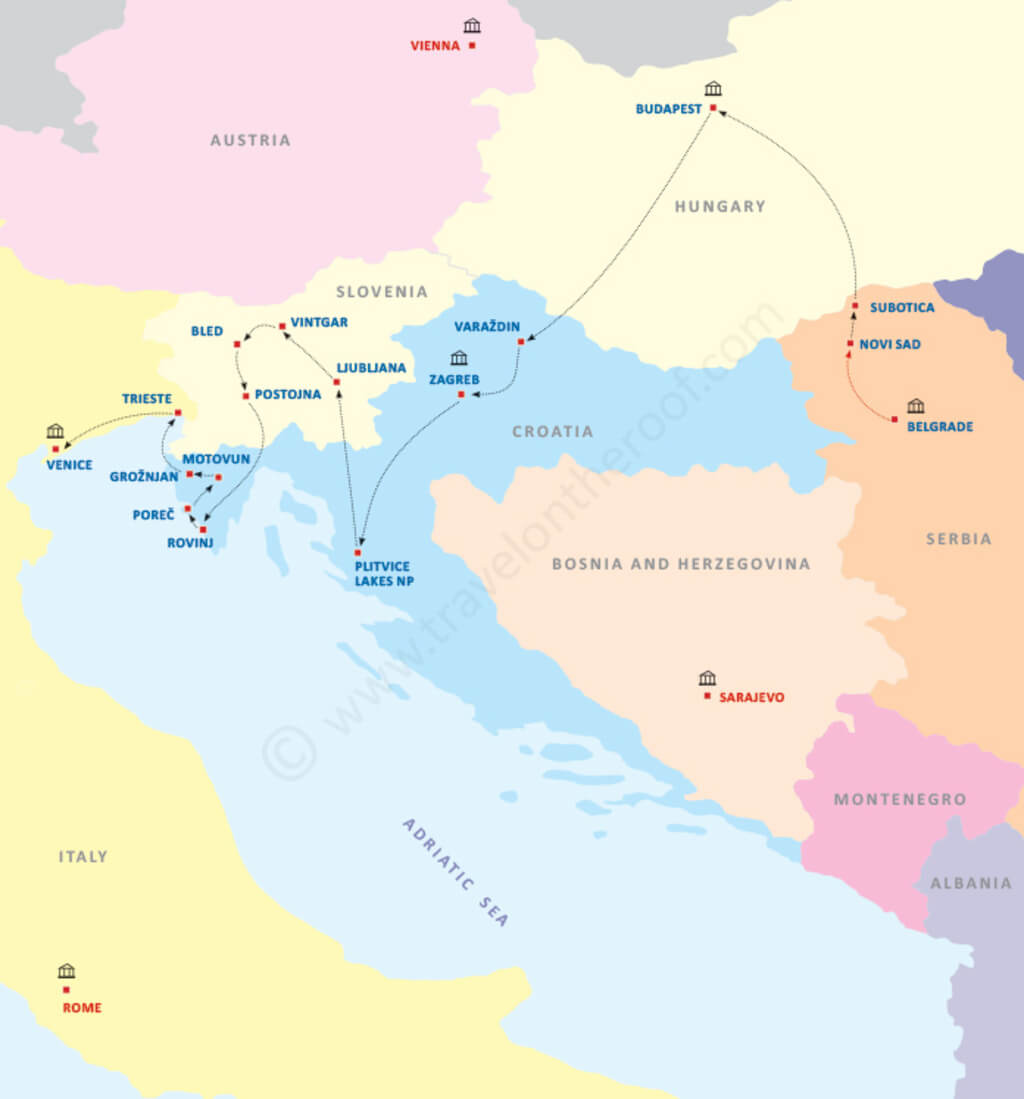
Full itinerary
Travelling along the former border of southern European lands, we embark on a journey that takes us through 5 countries sharing a rich common history, and learn about the development of their Jewish communities. Here, there are families that live in the same house for generations, and yet – they lived in four or five different countries. Some of the prime examples of famous Art Nouveau Jewish architecture still reminds us of area’s rich Jewish past. Even today, there is a lot to hear from the local Jews.
Day 1
Arriving in Belgrade where the quick orientation walk coupled with some free time jump-started our tour. We spent the evening in one of Belgrade’s famous bohemian nightspots–Skadarlija, with a Gypsy orchestra and local delicacies, enjoying the atmosphere just as it was when the famous Orient Express train stopped here on the way to Istanbul.
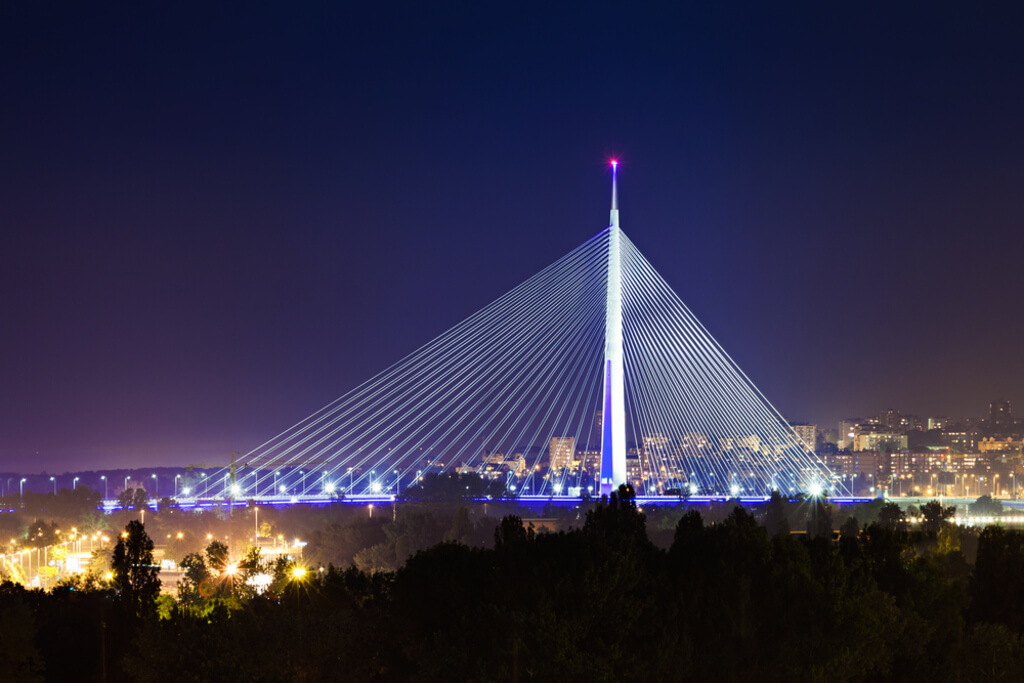
Ada bridge in the center of Belgrade. It crosses the tip of Ada Ciganlija island, connecting the municipalities of Čukarica and New Belgrade
Day 2
It began with a walking tour of Belgrade, visiting Dorćol – the old Jewish quarter, the synagogue and the Jewish museum where we met the members of the local Jewish community. Discovering the metropolis of the Balkans, with its long history, famous restaurants and bohemian nightlife stretching back centuries is always such a thrill! It is the most eclectic mix of the Orient and Europe, East and West, with stunning views and multicultural treasures. We crossed the river to arrive in Zemun, a former Austrian outpost on the border with the Otoman Empire, that has its own fascinating Jewish history. As a hint, we’ll just say that Theodore Hertzl’s grandparents are buried here. Being back to Belgrade in the evening just in time for dinner and an unforgettable night in this city. Oh what a night!
Day 3
In the morning we ventured to Novi Sad, where its monumental Art Nouveau synagogue and rich Jewish history awaited us. This surprising mixture of Otoman, Austrian, Hungarian and Serbian influences delivers the unique ambiance not to be found anywhere else. And the surprises didn’t stop as we entered a nearby city of Subotica to explore the only surviving Hungarian art nouveau Jewish place of worship in the world (!), built in 1902. Spending the night in this tranquil city schmoozing with the local Jewish community members gave us an opportunity to learn so much about their culture but also recharge before the trip to Budapest the next morning.
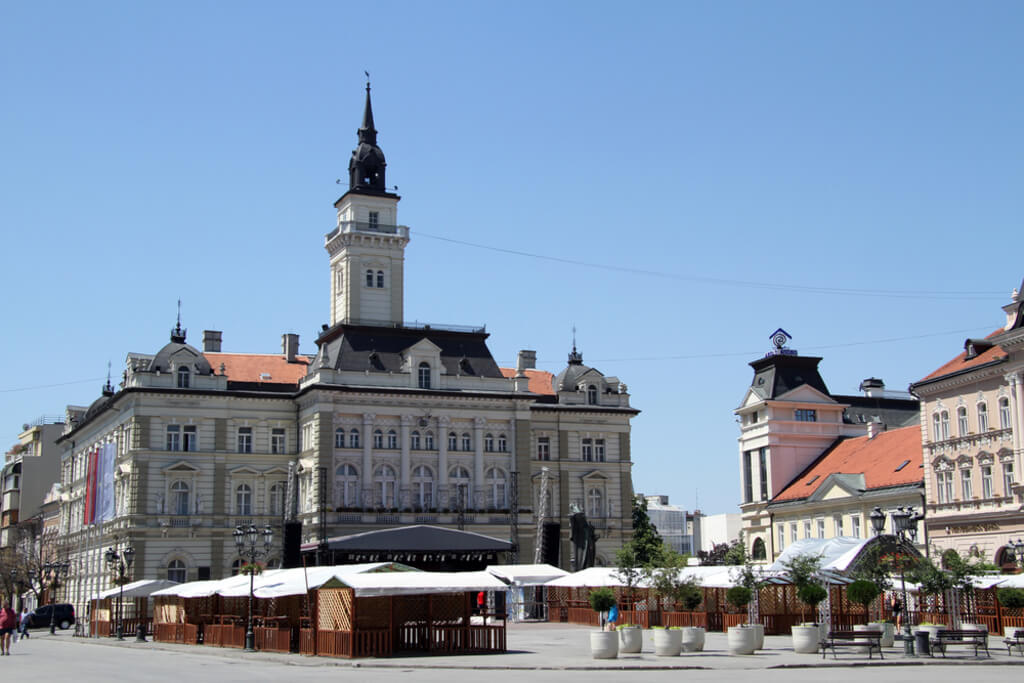
Old buildings on the main square of Novi Sad, Serbia
Day 4 and 5
We crossed the border with Hungary, reaching Budapest in the early afternoon. For two days we explored the royal city of Budapest, its vibrant Jewish quarter, the famous Dohány Street Synagogue whose renovation was partially financed by one Bernard Schwartz, better known as Tony Curtis, in honour of his family’s Jewish Hungarian roots. The Sunset Danube cruise stood out as the definite highlight of our trip, as it gently unfurled Budapest’s most stunning views in front of our eyes. We also strolled through Pest, the older part of the city, with a magnificent castle and a fantastic history museum. True delight for the lovers of old European charm!
Day 6
In light of its morning beauty, saying farewell to Budapest wasn’t easy but off we went travelling along Balaton lake and crossing the border into Croatia where we visited the unforgettable baroque city of Varaždin. Once a capital of Croatia, and a home to the oldest Jewish community in Croatia, Varaždin is considered one of the hidden gems of Europe for all the right reasons. Early evening arrival to Zagreb came a bit unexpected as we were still processing all the different ways Budapest and Varaždin charmed us for life. However, we were just beginning!
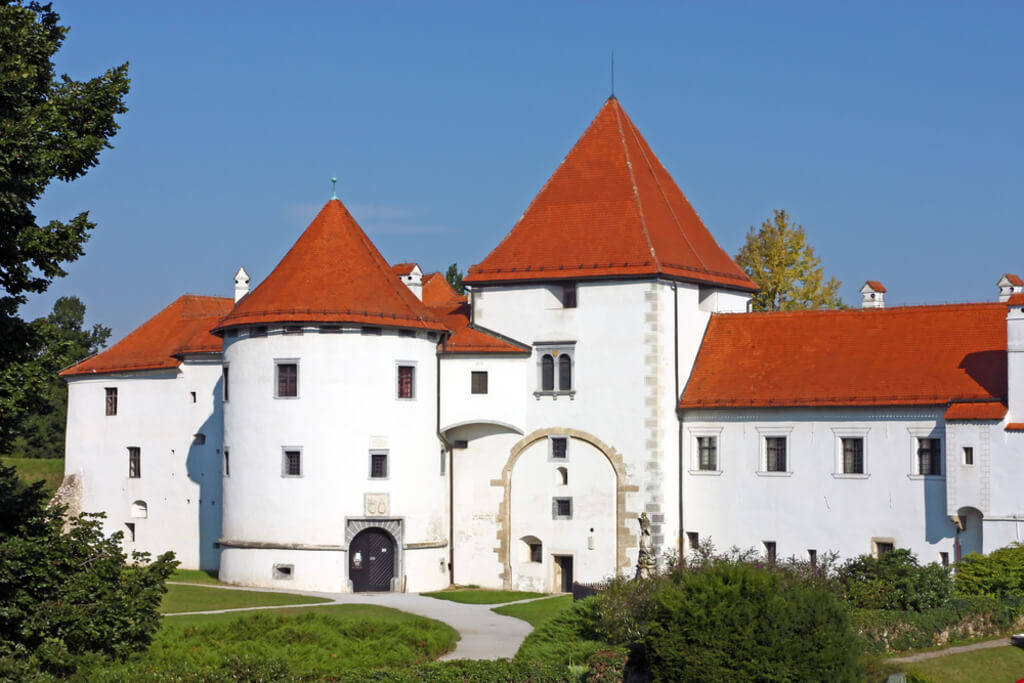
Varazdin castle in the Old Town, originally built in the 13th century
Day 7
Zagreb – The capital of Croatia, almost 1000 years old and increasingly starring in “hidden gems” travel magazines lists, is a perfect place to start discovering Croatia. Its parks, museums, farmer markets, the old town on the hill, and most of all–sidewalk coffee-bar culture, made our stay most enjoyable.
During the walking tour of Zagreb, we visited the Upper town, Jewish landmarks in the lower town, Mirogoj cemetery; followed by free time and a welcome dinner with gourmet dishes prepared in a traditional way.
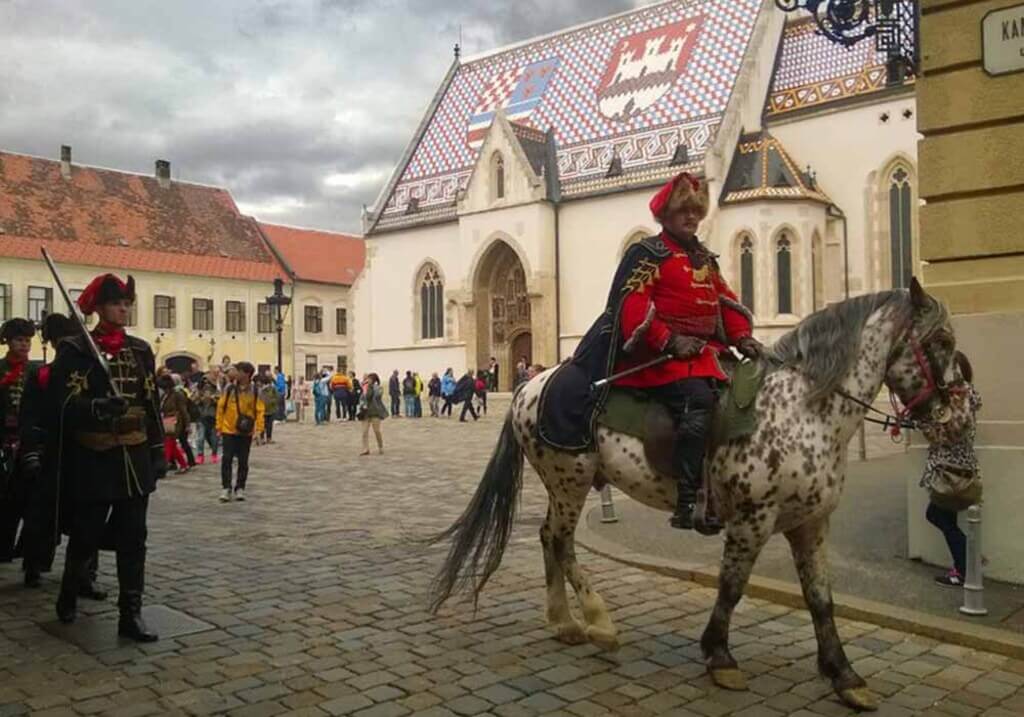
Zagreb, the capital of Croatia with a 1000 years of history, friendly people and beautiful parks, will surprise you with it’s rich and fascinating Jewish history.
Day 8
A day trip to Plitvice lakes National park is usually one of the highlights on anyone’s visit to Croatia and so it was for this group as well. It is easy to see why: 16 lakes, numerous waterfalls (how many will you count?), a pleasant walk along the lakes in the lush European forest, endless “Kodak moments” and so, so much more! On the way back to Zagreb we stopped at the charming village of Rastoke, another Croatia hidden gem. With houses and watermills built above the water rushing through the lush greenery it brought us back to times when life was simpler, more relaxed and infused with pristine nature.
Day 9
Ljubljana, our first destination for the day is one of the most charming cities in Europe. The old city center, overlooked by the castle, with the Ljubljanica river slowly flowing through it, offers its visitors an abundance of architectural and cultural monuments and unique laid-back atmosphere. Street festivals, markets and many languages spoken by international students give Ljubljana a truly cosmopolitan feel throughout the year regardless of its petite size. We continued to Lake Bled, a majestic glacier lake glistening under the Alps, to reach the perfect afternoon and evening, surrounded by snow-covered mountains and some of the most spectacular views in Slovenia. Here you see nature in its finest dress!
Day 10
This day was marked for exploring the gorgeous Slovenian countryside, starting at Vintgar canyon, across Lake Bohinj and culminating with the breathtaking views of the Alps from the Vogel mountain, at almost 5000 ft (1537m) height. The unanimous conclusion of the group–Slovenia is one of the smallest, yet one of the most beautiful countries in Europe, and she knows it! Back to Ljubljana for the much needed rest. The Alp air took its toll.
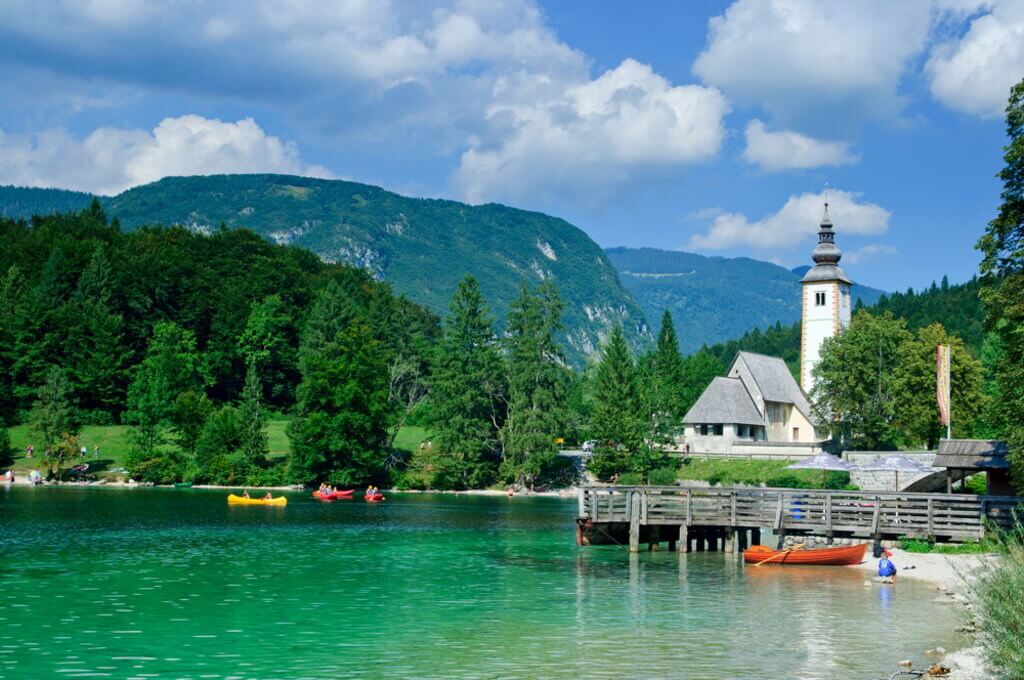
Beautiful view. Lake, mountain, reflection. Lake Bohinj. Slovenia
Day 11
The target of the day– Postojna cave, the largest and most visited “karst” cave in Europe. The deep underground pathways, superbly maintained and organized, are used to explore this magical cave in under two hours with an expert guide. To us it felt more like 10 minutes as we strolled, jaws wide open in amazement, through this primordial maze. As we kept to the schedule neatly we had enough time to experience the Lipica stud farm, a centuries old manor where magnificent Lipizzaner horses are bred and trained. Did you know this place has a link with general George Patton? A fascinating discovery!
Crossing yet another border, we arrived at Rovinj, considered one of the most beautiful Venetian towns on the Croatian coast. This colorful place hosts one of the most famous artists streets with numerous galleries and stores, presenting original art by local artists. The Italian influence in gastronomy, clothing and architecture is so strong that it properly confused our guests regarding their actual location. Italy? Croatia? Slovenia? It’s hard to tell, we admit it.
Duration: 14 days
14 days/13 nights
4* and 5* hotels
A/C minivan or a car
English speaking tour leader
5 countries
5 countries: Serbia, Hungary, Croatia, Slovenia, Italy
*Pre-trip in Belgrade on request
Day 1 Belgrade overnight Belgrade
Day 2 Belgrade on Belgrade
Day 3 Novi Sad – Subotica on Subotica
Day 4 Budapest on Budapest
Day 5 Budapest on Budapest
Day 6 Varaždin – Zagreb on Zagreb
Day 7 Zagreb on Zagreb
Day 8 Plitvice lakes on Zagreb
Day 9 Ljubljana – Bled on Lake Bled
Day 10 Vintgar – Bohinj – Vogel on lake Bled
Day 11 Postojna – Lipica – Rovinj on Rovinj
Day 12 Istrian peninsula – Poreč – Motovun – Grožnjan on Trieste
Day 13 Trieste on Venice
Day 14 Departure or post trip Venice
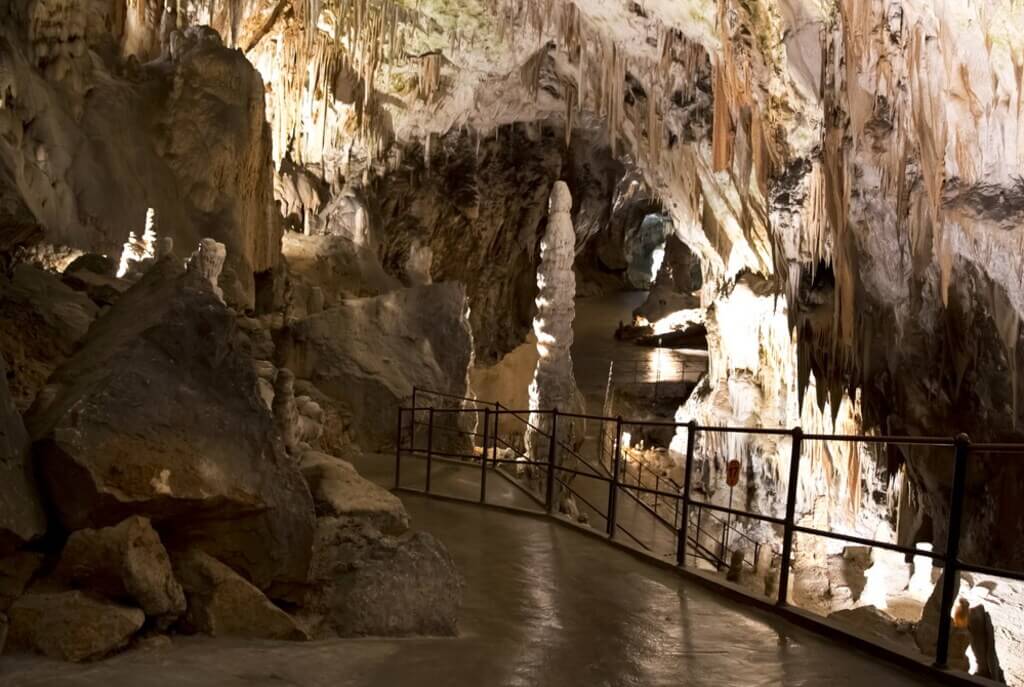
Postojna cave is a more than 24 km long karst cave system, the network of passages, galleries and chambers. In 1872, railway lines were laid in the cave so you drive into the cave by a little tourist train.
Day 12
We started the day with discovering the wonderful Istrian countryside which is justifiably compared to Toscany given its green landscapes, winyards, forests and little hill towns (such as Motovun and Grožnjan). Our next destination–Poreč, whose city plan follows the 2000 years old Roman town, welcomed us with the famous 6th century Euphrasian Basilica and its amazing mosaic, designated as UNESCO World Heritage site in 1997.
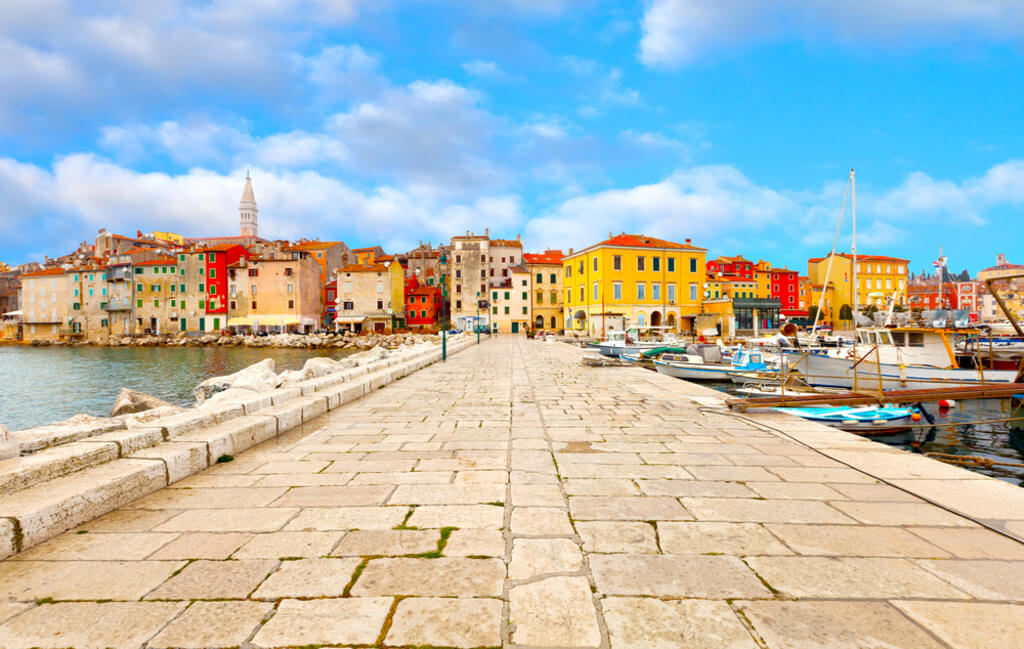
Poreč/Parenzo is almost 2,000 years old town in Istria. The most important historcal site is the Euphrasian Basilica, protected World Heritage Site
The last border crossing on this trip, will take us to Trieste, Italy, a former major Austrian port, with its own complex Jewish past.
Day 13
The day spent in Trieste offered more surprises, as it is hard to believe that such a small city packs such a robust history. Its wonderfull synagogue serves as a witness of once grand Jewish community and Risiera di San Sabba (an infamous former Nazi prison) recalls the darker sides of city’s history while the magnificent Miramare castle displays all the royal grandeur Trieste once possesed. Oh, and all the city’s parks and cafes threaded with streets in a unique tapestry representative of the city The farewell dinner was held at the Jewish old people’s home, where we shared the impressions of the trip, learned about fascinating biographies of its eldest residents and saying l’chaims to many more visits to come!
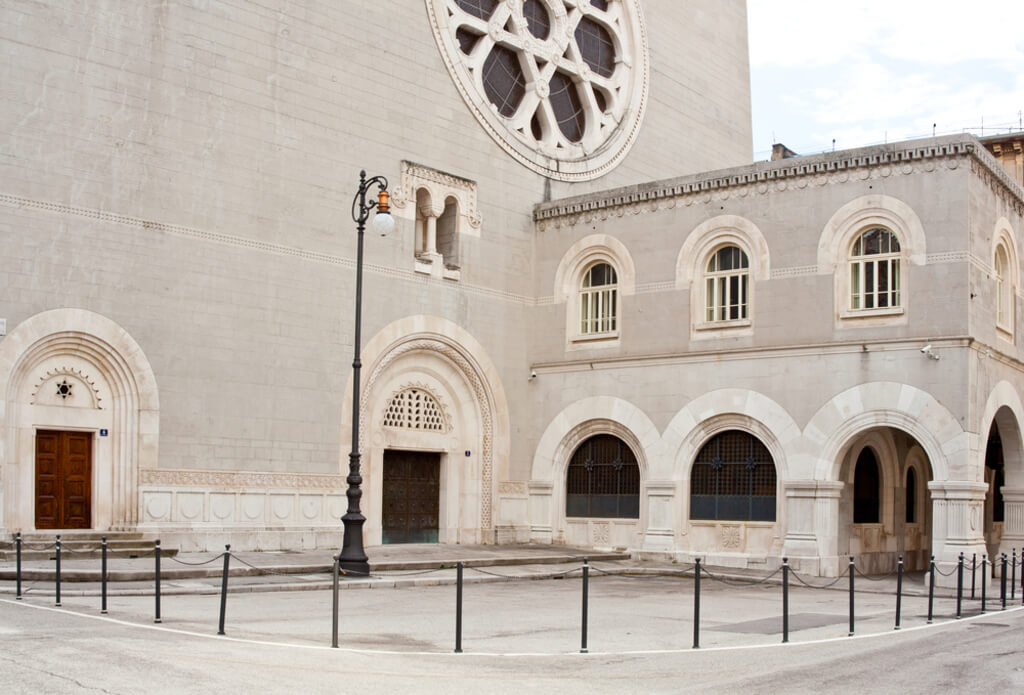
One of the largest synagogues in Europe, built between 1908 and 1912.
Day 14
Saying farewell is never easy but this time it was especially hard since the group bonded so well through the intensely beautiful experiences unique to this itinerary. As we escorted the guests to Venice airport in the morning, the lucky ones who booked a post trip stay in Venice smiled, knowing they still have the City of Water to get lost in for a day or two.
